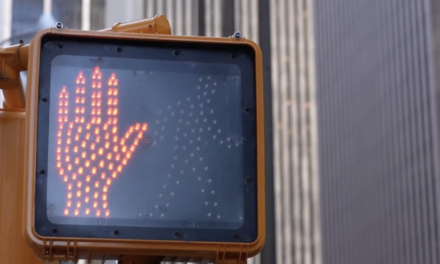Facts: The common property line between an owner’s parcel of land and their neighbor’s parcel is subject to the original land survey completed 150 years prior. Previous neighbors planted a row of trees as a privacy screen marking the approximate property line, but the exact boundary was never confirmed. Later, the owner discovers the current neighbor is using land located on the owner’s side of the tree line, which the neighbor believes is part of their land. The owner has their parcel surveyed to confirm the property line. The surveyor, unable to locate the eroded markers from the original survey, refers to retracements by subsequent surveyors along with the original survey to determine the probable locations of the markers. The surveyor concludes the trees are on the boundary line and, thus, the portion of land used by the neighbor is within the owner’s property line.
Claim: The owner seeks to quiet title to the portion of property used by the neighbor, claiming the land is within the owner’s property line since the surveyor reasonably determined the trees properly mark the boundary line by interpreting the marker locations described in the original and subsequent surveys.
Counter claim: The neighbor claims the owner’s survey is invalid and inaccurate since the surveyor did not sufficiently rely on the original survey or described markers to determine the property line.
Holding: A California court of appeals held the owner is entitled to the disputed portion of land since the owner’s surveyor sufficiently consulted the original land survey and subsequent surveys to reasonably determine the location of the described markers and property line, which is properly marked by the tree line. [Bloxham v. Saldinger (August 1, 2014)_CA4th_]















Wasn’t an easement established by continued uninterrupted use over many years by the neighbor thereby making the land the neighbors?